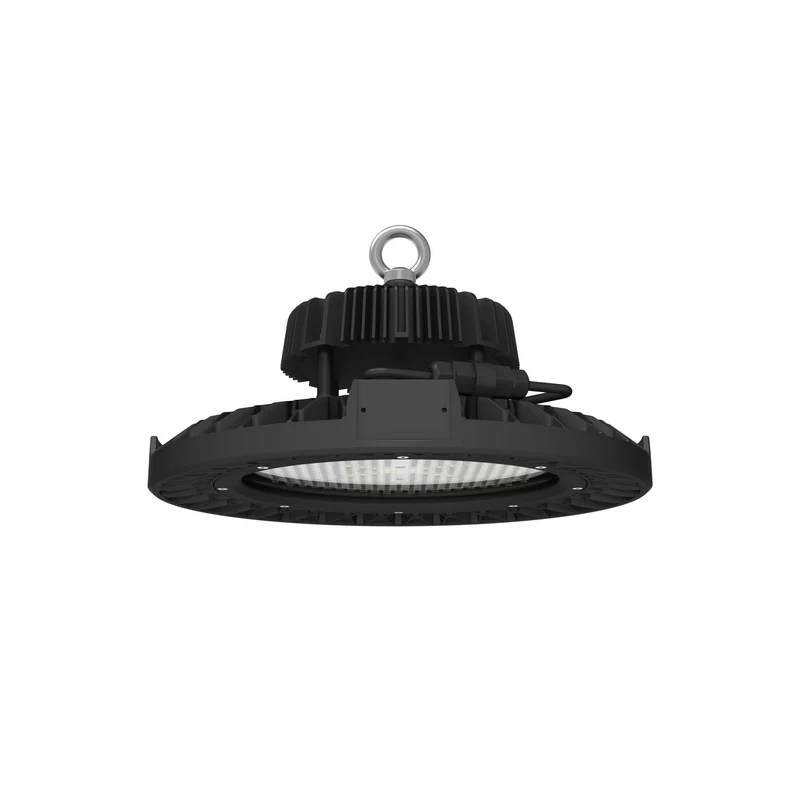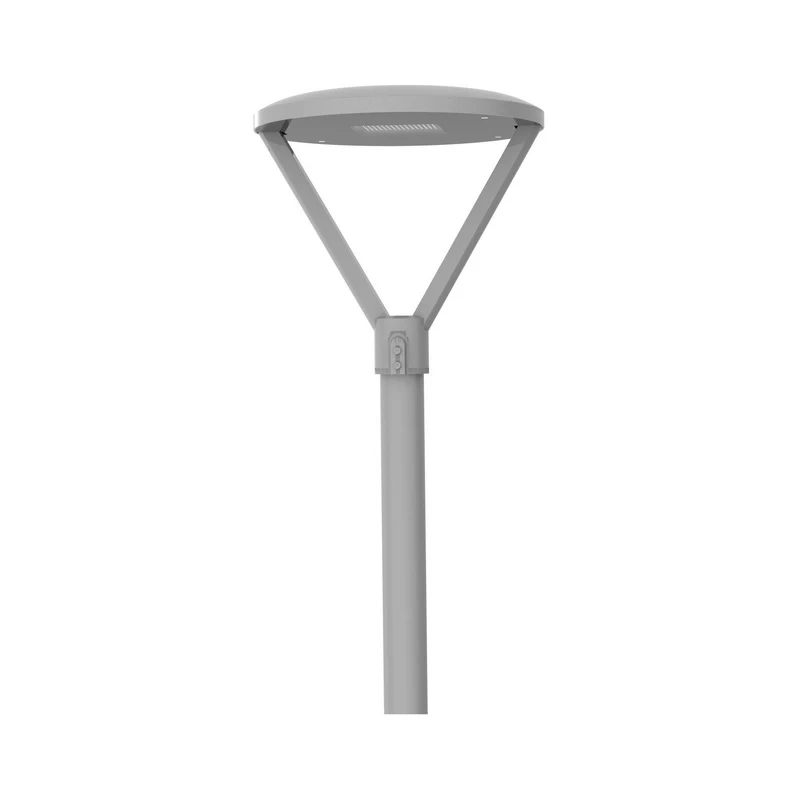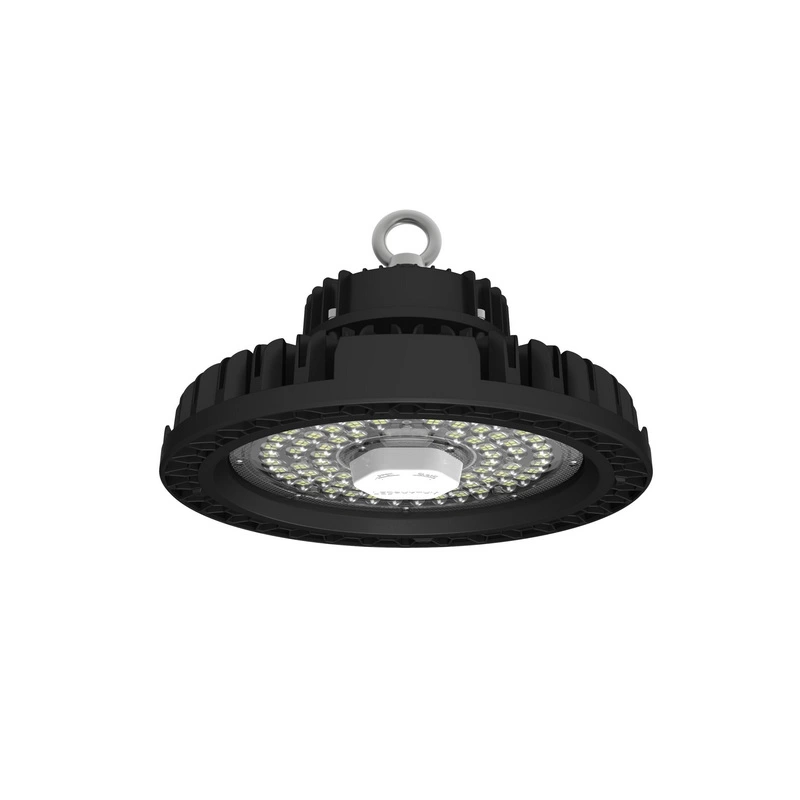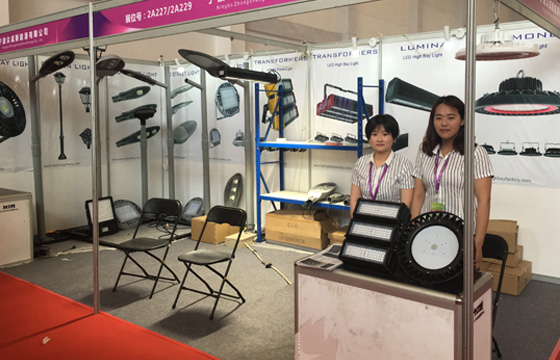创新技术,卓越品质:探索 LED 灯工厂的制造奇迹
欢迎参观我们占地 5000 多平方米的 LED 照明工厂!这段视频将带您走进一个充满创新工艺和卓越品质的制造奇迹。
我们的工厂拥有三条高效装配线和两条半加工线。这些先进的生产线确保我们能够高效地生产各种 LED 照明产品。此外,我们还引进了两台全自动灯珠贴片机,以提高生产的准确性和效率。
在这段视频中,您将亲眼目睹 50 多名经验丰富的员工如何精心操作和监控生产线。他们娴熟的技术和严格的质量控制为每一盏 LED 灯保驾护航。
为了确保产品的优良品质,我们采用随机抽样的质量控制方法,对所生产的 LED 灯具进行质量检验。每个环节都经过严格的监控和验证,确保客户收到的每件产品都具有卓越的性能和可靠性。
我们对质量的追求永无止境,并不断投资于研发和创新,以提高 LED 灯的性能和功能。客户满意是我们的终极目标,我们致力于为客户提供满意的照明解决方案。








